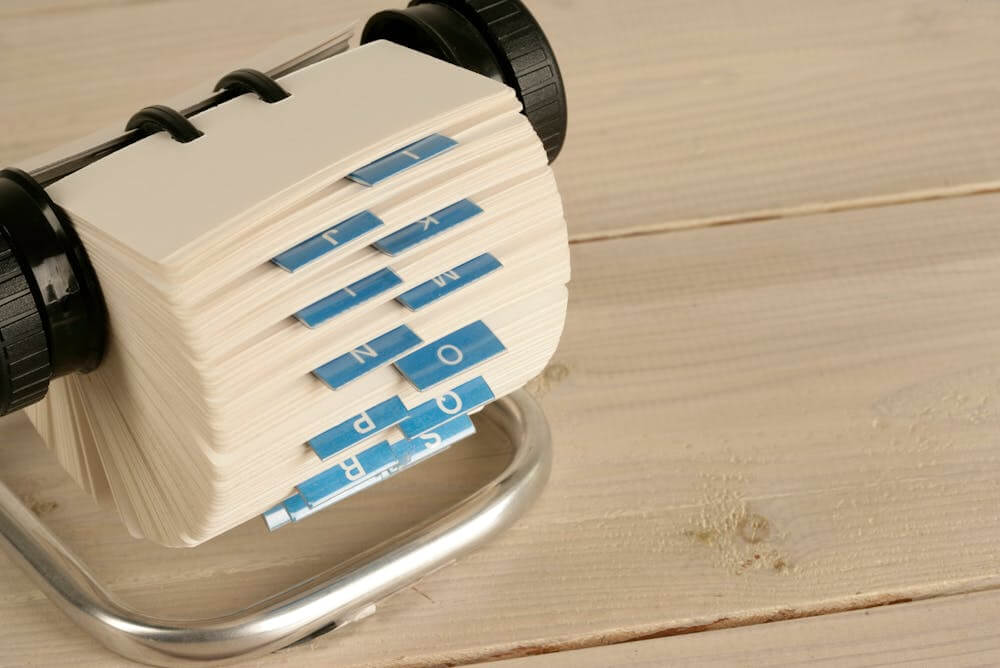When you grow up with a certain way of doing business, you often repeat it. But, of course, there’s a problem with this. Every year, new innovations arrive, and you discover that you can do things in new ways. We all know that offices no longer need a fax machine. But it is incredible just how much things are dematerialising and generally just disappearing.
But what, exactly, don’t you need anymore? Well, you’re about to find out.
An Open-Door Corner Office
One of the things that is fast going out of fashion is the open-door corner office. These were popular around 20 years ago, but they’ve since gone out of fashion.
One of the reasons for this has to do with async communications. A lot of businesspeople just aren’t in the office at the same time as their managers anymore. What’s more, the rise of remote work is making this sort of practice relatively obsolete. A lot of companies just aren’t doing it anymore or putting in the investment.
These days, the corner office with the “open door” has been replaced by tools, like Notion. Digital apps are making checking in or reporting issues more straightforward without behind-closed-doors conversations with company leaders.
DVD Libraries
The days of DVD libraries in the office are now also firmly in the past. Fifteen years ago, these still took up a lot of space, and many companies actually wound up paying significantly more for their space. Now, though, it’s all being moved into the cloud, and there’s simply no need to dedicate physical space to it. If you walked into an office with shelves of DVDs, you’d think you’d come to a museum.
In-House Print Station
Another thing of the past is the in-house print station. These used to be everywhere and companies couldn’t do without them. Now, you don’t see them as often. Granted, a lot of companies still use printers because they have to produce documents for legal reasons or their own internal processes. But color lasers and paper stock are now somewhat of an oddity from the past. Things have changed a lot.
For example, a lot of companies now just outsource the printing process. Instead, buying all the equipment in-house, they just get a local or cloud-based company to do the printing and then mail the output to their address. This saves on capital costs and also ensures that only essential documents that are really needed are printed. Everything has an audit trail.
Filing Cabinets With Invoices In Them
Filing cabinets with a lot of invoices in them are something else that you don’t see a lot these days. Once upon a time, you had entire walls dedicated to this activity, but not anymore.
The reason for this has to do with software. Businesses don’t always need to keep the physical copies of their receipts (even if they get given them at all). Because of this, it means that filing cabinets aren’t as full as they used to be.
In more recent years, machine learning has taken this process into overdrive. Now a lot of companies just scan their invoices, upload them to the cloud, and bin the real thing. Regulators, for the most part, seem to be happy with setups like this, so the practice is expanding and saving a lot of brands money.
Tower PCs
Do you remember tower PCs under every desk in offices? Again, these setups have fallen out of fashion. It’s all being transformed by technology and new ways of doing things.
For example, a lot of companies now just rely on laptops. These are powerful enough for almost every task, including intensive creative work, like video editing.
Furthermore, the rise of cloud workstations means that changes are speeding up. These have an even smaller footprint and give brands more options for the amount of computation they want with their colocation partners.
The upside of these developments is a reduction in IT headaches and wires running everywhere. Offices are becoming simpler spaces that require less investment upfront in all the underlying infrastructure.
Printed Style Guides
What about printed style guides? You don’t see them that often in offices anymore either. These used to be important when brands relied on physical media to keep their logos and themes consistent. However, that’s no longer needed, thanks to cloud-based style guidelines and digital brand portals, like Canva Brand Kit. Things are changing quickly.
Wall-Mounted Calendars
You sometimes see wall-mounted calendars in modern offices, but they aren’t really for timekeeping anymore. Everyone uses apps for that. Instead, they’re for decoration. They remind people that they are at work and that they need to get things done before any upcoming deadlines.
Asana is now the timeline of choice for many businesses. That’s because the software can deal with different time zones automatically, helping employees show up for meetings on time, when they’re required.
What’s more, the replacement of wall-mounted calendars might also be good for health. No more markers with felt tips means fewer fumes.
Physical Rolodex
What about physical rolodexes? How often do you see them these days? Again, rarely.
Businesses used to need these tools to keep lists of contacts so they knew who to cold call or get in touch with via mail. Clerks would spend hours reeling through them on their desks.
However, rolodexes really began to go out of fashion when the major CRM platforms came along. These provided details of each customer or prospect, plus a host of additional helpful information to make sales more likely.
Landlines

Finally, landlines are well and truly dead in most offices in 2025, even those that rely on calling their clients and audience to make sales. The reason for this is simple: digital tools are far better and cheaper.
For example, it’s now possible to get an unlimited supply of digital phone lines over broadband. There are also numerous apps, like Slack, which do away with the need to call people and actually speak to them on the phone.




